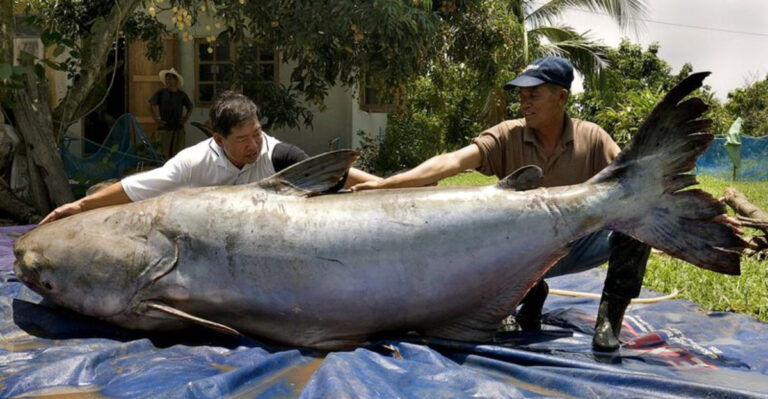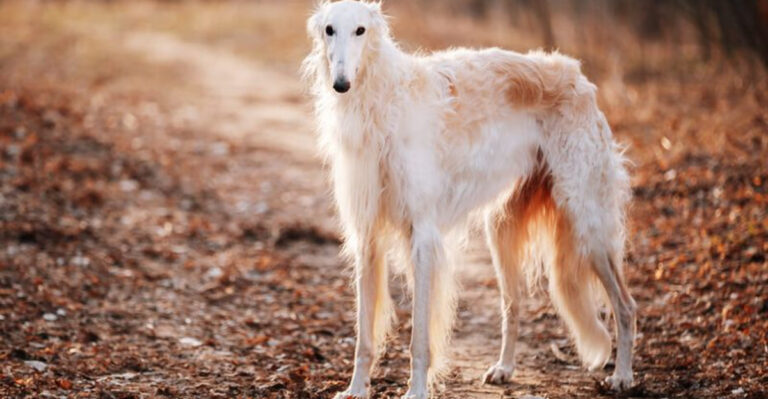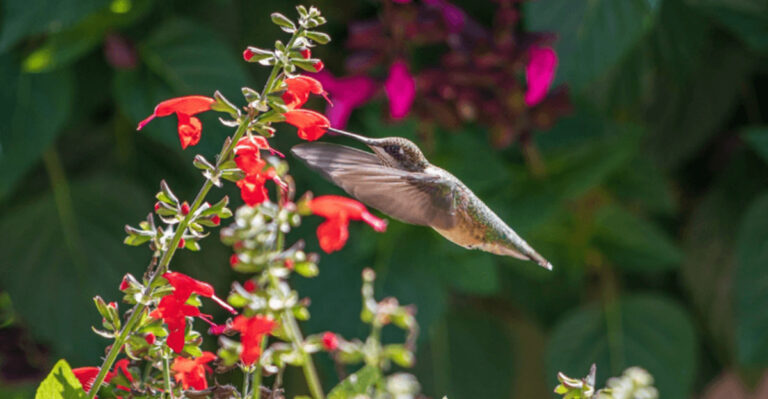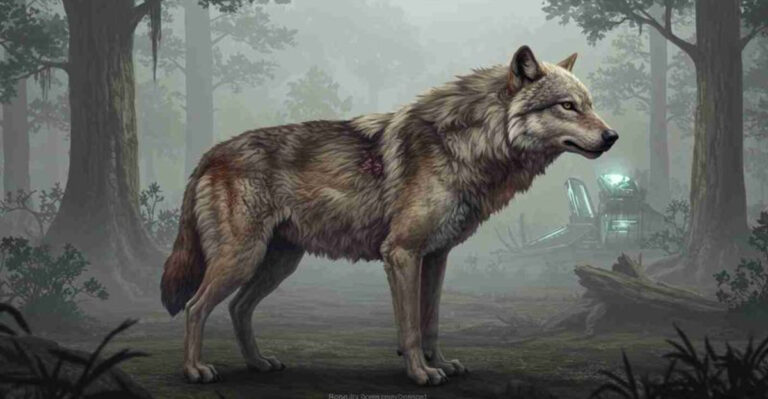8 Majestic Wild Cat Species Roaming North America
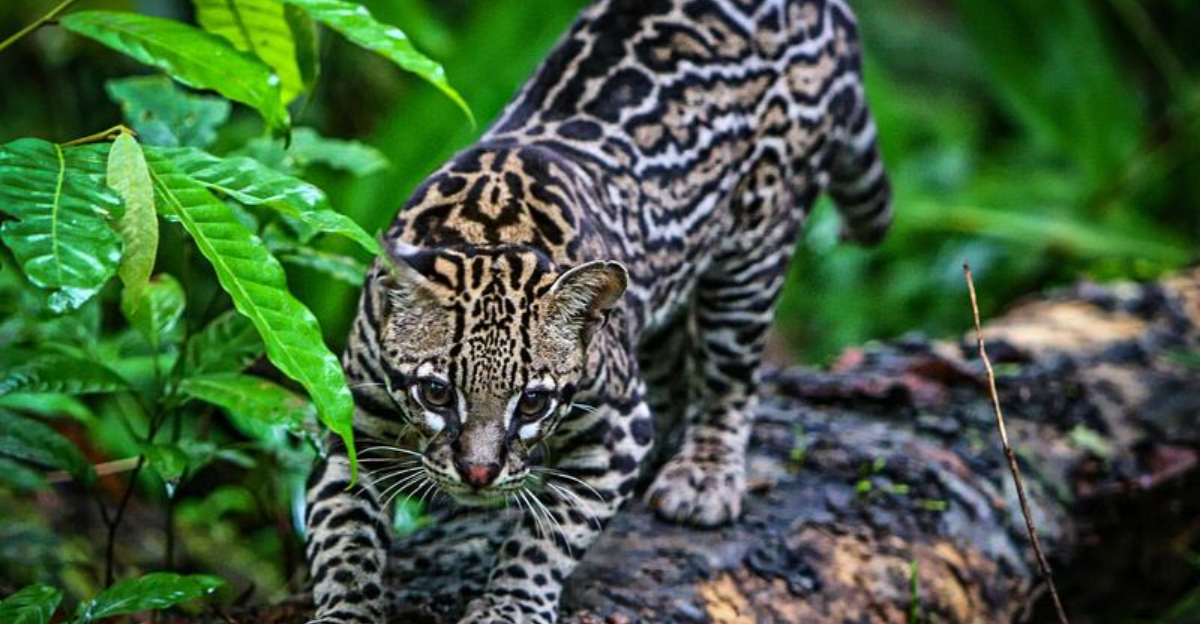
North America is home to some of the most majestic and elusive wild cat species in the world. From the dense forests to the vast plains, these powerful predators play crucial roles in their ecosystems, maintaining balance in nature.
While many of these cats are shy and elusive, they continue to captivate the imagination of wildlife enthusiasts and conservationists alike. Whether you’ve heard of them or not, these wild cats are an essential part of the continent’s natural heritage.
1. Cougar (Puma Concolor)
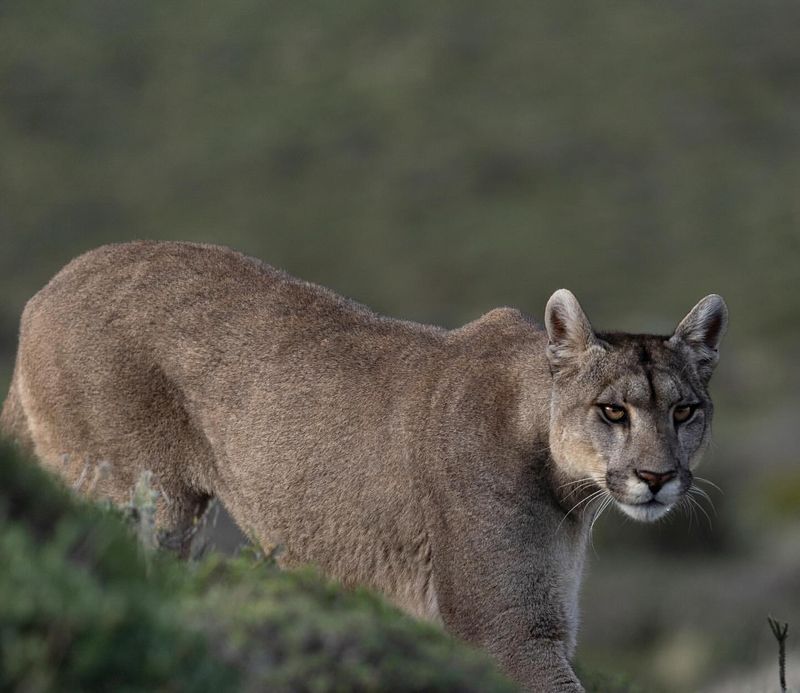
As one of the most iconic wild cats in North America, the cougar, also known as the mountain lion or puma, captivates with its elegance and power. These solitary animals are found in diverse habitats ranging from the Canadian forests to the Andes in South America.
Adaptable and elusive, cougars are known for their ability to thrive in areas close to human settlements. Cougars are primarily nocturnal hunters, relying on stealth and strength to take down prey much larger than themselves.
They have a keen sense of sight and hearing, which aids in their hunting prowess. Typically, they prey on deer but can eat anything from insects to other mammals if necessary. Despite their adaptability, cougars face threats from habitat fragmentation and human conflict.
Conservation efforts are ongoing to ensure the survival of this magnificent species, promoting coexistence with humans and preserving their natural habitats. With their distinctive tawny coats and muscular frames, cougars remain a symbol of wilderness in North America, embodying both grace and power.
2. Bobcat (Lynx Rufus)
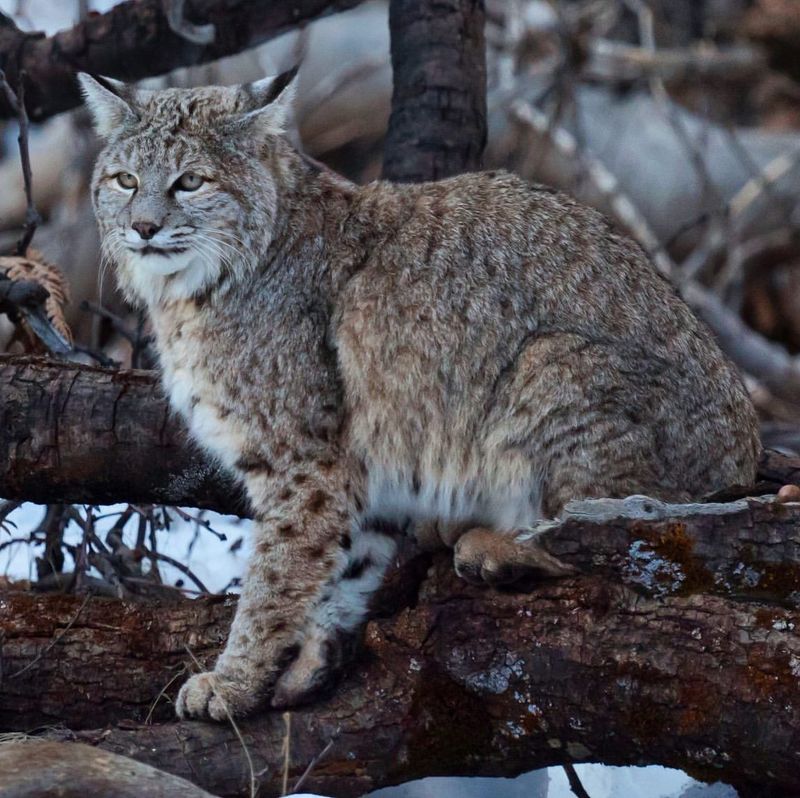
The bobcat is a common but elusive sight across North America, known for its adaptability and cunning nature. As a member of the lynx family, bobcats are smaller but share similar features such as tufted ears and short tails.
From the dense forests of the Midwest to the deserts of the Southwest, bobcats have made their presence known. These felines are solitary and territorial, marking their domains with scent markings and claw marks.
Bobcats are opportunistic hunters, feeding on a variety of prey such as rabbits, birds, and occasionally deer. Their spotted coats provide camouflage in a range of environments, allowing them to stalk prey with precision. Bobcats typically lead solitary lives, coming together only for mating.
They are known for their distinctive vocalizations, which can range from growls to meows. Though they adapt well to changing environments, bobcats face threats from habitat loss and hunting.
Efforts to protect bobcats focus on preserving their habitats and regulating hunting practices. By understanding their role in the ecosystem, we can better appreciate the balance these cats help maintain.
3. Jaguar (Panthera Onca)
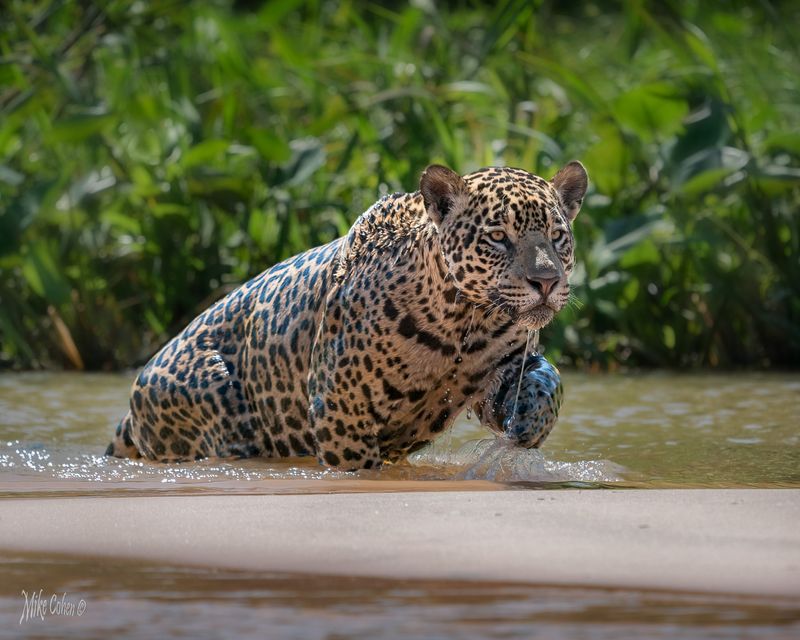
The jaguar stands as one of the most formidable predators in North America, primarily found in Mexico’s dense jungles and occasionally straying into the southern United States. Known for their striking appearance and immense strength, jaguars are a symbol of the wild.
Jaguars are solitary creatures, preferring to hunt alone under the cloak of darkness. Their powerful jaws and sharp teeth can crush the skull of their prey, making them efficient hunters of animals like deer, peccaries, and even caimans.
Jaguars are also excellent swimmers, often spending time near water sources. Despite their prowess, jaguars face severe threats from habitat destruction and poaching. Human encroachment has led to declining populations, prompting conservation efforts to protect their habitats and prevent illegal hunting.
These measures aim to ensure the survival of this majestic species for future generations. Jaguars continue to captivate with their beauty and power, reminding us of the rich biodiversity that thrives in North America’s wild spaces.
4. Lynx (Lynx Canadensis)
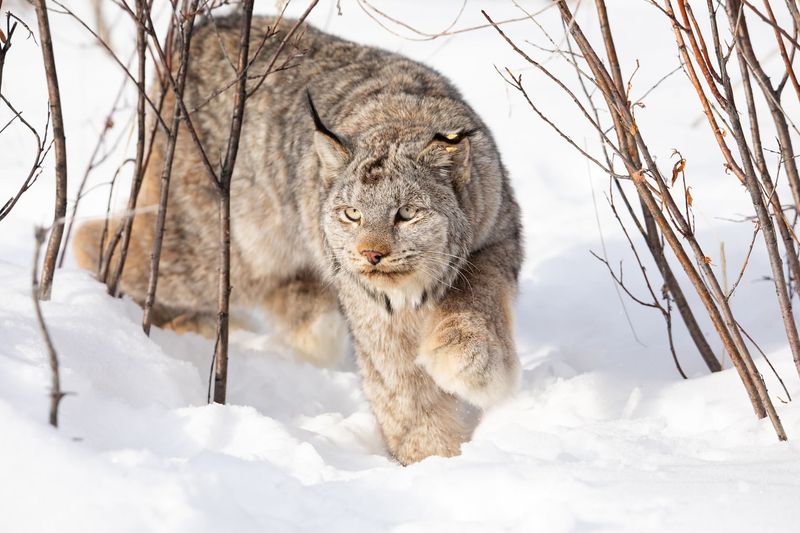
The lynx is a master of the cold, thriving in the dense forests of Canada and Alaska. With their tufted ears and striking facial ruff, lynxes are built for life in snowy environments. Their large, padded paws act like snowshoes, allowing them to move silently across the snow in pursuit of prey.
Lynxes are highly specialized hunters, relying heavily on snowshoe hares for sustenance. They are known for their patience and stealth, often waiting motionless for hours before ambushing their prey. The population of lynxes often mirrors that of their prey, demonstrating their dependency on the snowshoe hare.
These cats are solitary by nature, meeting only to mate. Their calls, which are rarely heard, can echo through the forests during the breeding season. Though well-adapted to their environment, lynxes face challenges from habitat loss and climate change.
Conservation efforts for the lynx focus on protecting their habitats and maintaining the delicate balance of their ecosystems. Understanding their unique adaptations helps us appreciate the beauty and resilience of this elusive species.
5. Ocelot (Leopardus Pardalis)
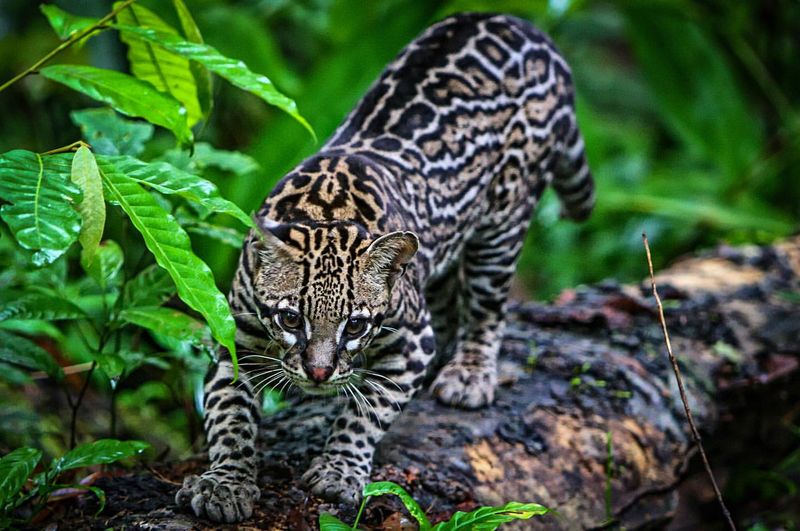
The ocelot is a mesmerizing wild cat, best known for its beautifully patterned coat that resembles a miniature jaguar. Found primarily in the southern parts of North America, including Texas and Arizona, ocelots thrive in dense tropical forests where their markings offer superb camouflage.
Ocelots are nocturnal hunters, stalking small mammals, reptiles, and birds with great patience and stealth. Their large eyes and acute sense of hearing make them formidable predators under the cover of night. Unlike larger cats, ocelots are known to be less territorial, often sharing their space with others.
The beauty of their fur has unfortunately made ocelots a target for poaching, leading to significant population declines. Conservation efforts focus on habitat protection and anti-poaching measures to safeguard these cats.
By raising awareness and supporting conservation initiatives, we can help preserve the ocelot’s natural habitat and ensure its continued presence in the wild. This captivating cat serves as a reminder of the intricate beauty found in North America’s diverse ecosystems.
6. Jaguarundi (Herpailurus Yagouaroundi)
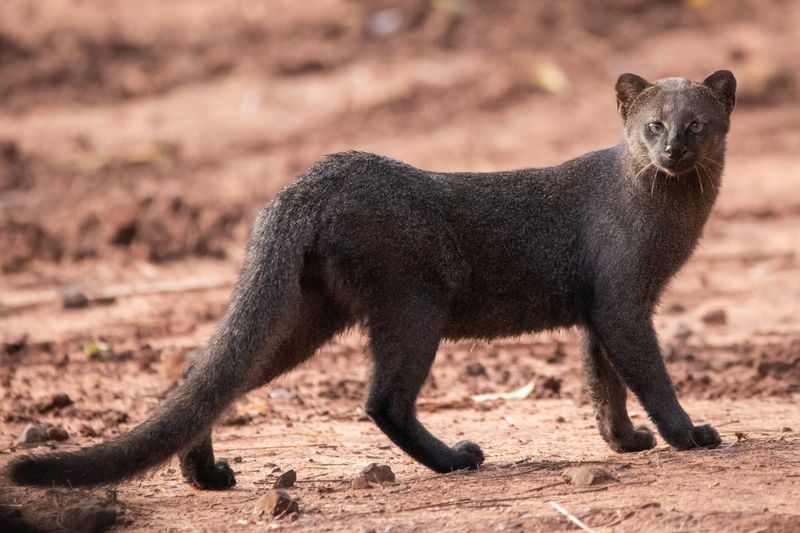
A lesser-known member of the wild cat family, the jaguarundi is a unique and intriguing species. With its elongated body and uniform coat, jaguarundis are often mistaken for other animals. These cats are primarily found in the brushlands of Texas and extend into Central and South America.
Jaguarundis are active during the day, contrasting with the nocturnal habits of many other wild cats. They are agile hunters, preying on small mammals, birds, and reptiles. Their adaptability to different environments makes them formidable survivors in the wild.
Despite their versatility, jaguarundis face threats from habitat destruction and fragmentation. Efforts to protect their habitats and corridors are crucial for their survival. The jaguarundi’s elusive nature and adaptability highlight the complexity of North America’s ecosystems.
7. Margay (Leopardus wiedii)

In the heart of tropical rainforests, the margay thrives. Known for its exceptional climbing abilities, this feline is often seen leaping from branch to branch with ease. Unlike other cats, margays can rotate their ankles 180 degrees, allowing them to navigate trees effortlessly.
Their large, expressive eyes and distinctive spotted coat make them a captivating sight. Despite their arboreal nature, margays hunt on the ground, preying on small mammals and birds.
Did you know? The margay’s vocalizations mimic the calls of its prey, a rare skill in the animal kingdom.
8. Kodkod (Leopardus guigna)

The kodkod, often referred to as the world’s smallest wild cat, hails from the temperate rainforests of southern Chile and Argentina. Its compact size belies a feisty and adaptable nature, navigating thick underbrush with ease.
Kodkods are solitary hunters, relying on stealth and agility to catch their prey. Their beautiful coat, adorned with dark spots and a striking ringed tail, provides perfect camouflage.
Interestingly, kodkods have a preference for wooded habitats, making them elusive and rarely seen by humans. This enigmatic cat continues to intrigue wildlife enthusiasts.



